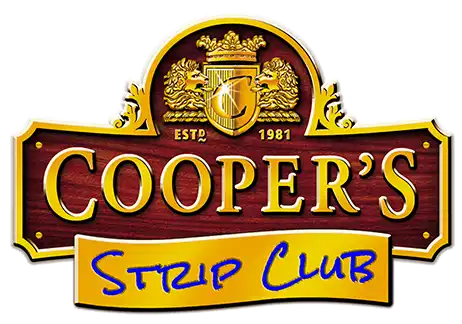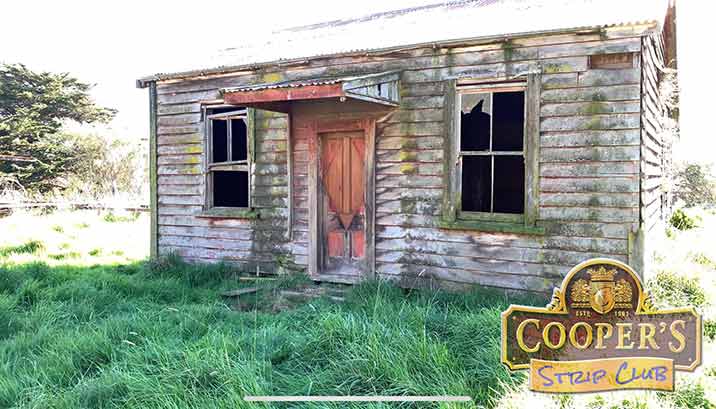TSS Earnslaw
our lady of the lake
How to Restore Timber Brightwork
The TSS Earnslaw, built in 1912, is an Edwardian twin-screw steamer (TSS) that operates on Lake Wakatipu in New Zealand. It is one of the oldest tourist attractions in Central Otago and is the only remaining coal-fired steamship carrying commercial passengers in the Southern Hemisphere.
Preparing the Wheelhouse: No Sanding—So Easy!
Every year, the TSS Earnslaw is taken out of service for its annual audit and ongoing maintenance. Part of this year’s maintenance program involved restoring the weathered timber brightwork on the wheelhouse, and it was decided to use Cooper’s products for surface preparation.
Quick Striptease
Watch the full video below
Timber brightwork is a nautical term for exposed timber surfaces finished with a high gloss. Traditionally, this is achieved by applying varnish; however, marine polyurethanes are now more commonly used to reduce maintenance requirements.

Our visit aimed to demonstrate to the restorers how to prepare the timber for its new finish using Cooper’s products and processes, and to record a tutorial video in the process.
Due to constant exposure to the elements, the old finish had inevitably failed, and the timber surface became damaged. The area we chose to work on was a good representation of the overall wheelhouse condition: exposed areas had polyurethane that had peeled away, causing those parts to turn black with mold, while the areas nearer the top remained in good condition due to being more sheltered. The timber involved was a combination of New Zealand native timbers—Rimu and Kauri—in the form of tongue and groove cladding (TG&V).

Interestingly, the condition of the area we worked on was quite similar to what many people might find on their front or garage doors at home, with the restoration methods being the same.
In the tutorial video, you’ll see how Cooper’s Stripper dissolved the old polyurethane, making it easy to remove with a putty knife and detail brushes. After rinsing the surface clean with Cooper’s Flusher, the wet color revealed what the end result would look like with a new finish applied.
The higher, sheltered areas looked great, while the lower areas still showed about 50% of the water-damaged color. So, we decided to perform an additional step: Grain Enhancing.
Grain Enhancing involves applying dissolved oxalic acid to the entire surface with the purpose of restoring the weathered timber as much as possible to its natural appearance. In this case, a small amount of weathered grain remained; however, what was left looked completely in character for a heritage project.

The tutorial once again demonstrates how the entire process is completed without any sanding required. The Cooper’s Stripping System removes the old finish cleanly without damaging the already sanded surface.

A quick onboard barbecue the following morning was a great way to wrap up what was a fabulous experience before we moved on to our next adventure.
Why sand when it’s already sanded?
That’s what we call The Cooper’s Logic.

Tutorial – How to Restore Timber Brightwork
Featured Projects
Car Stripping
Strip Any Paint from metal projects like: Cars, Machinery, Motorbikes, Copper Guttering, Trailers, Metal Windows, Aluminium Caravans
A Diamond in the Rough - Tiriwiri Hall
Another Diamond in the Rough, Learn how easy it is to Strip – Weatherboards – Floors – Windows – Even an old discarded Piano. Enjoy!
A Diamond in the Rough - The Little Red Cottage of Beaconsfield
Originally built in the











